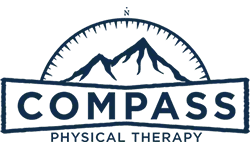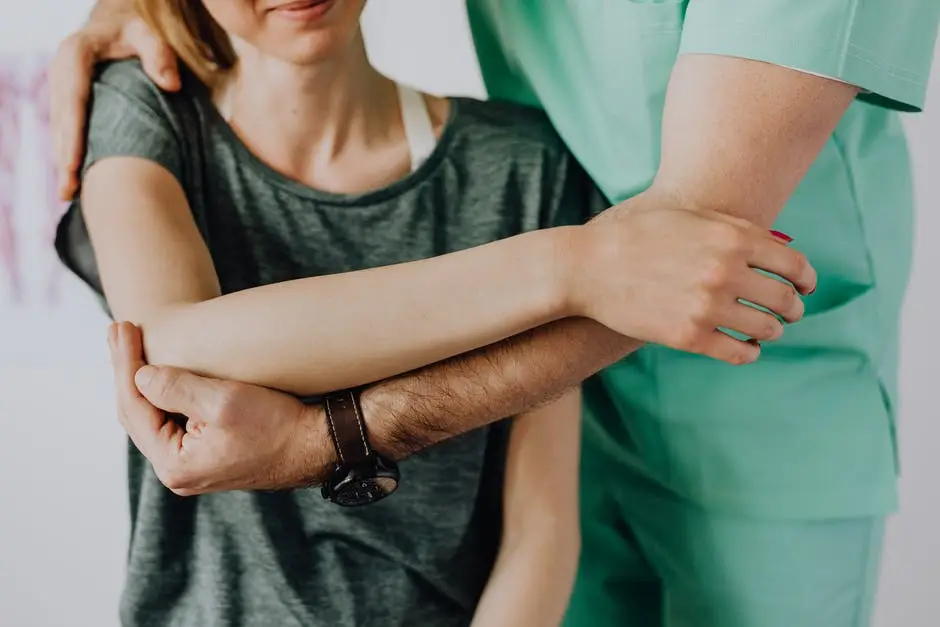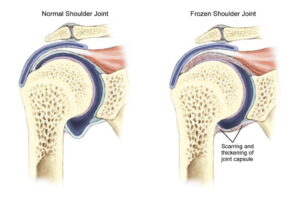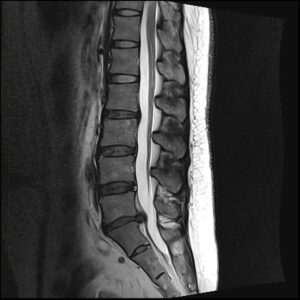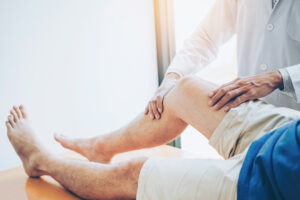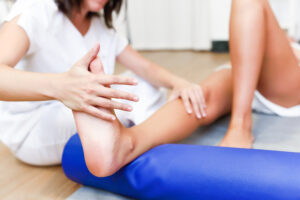Many people turn to shoulder muscle stretches to solve the pain in the general area due to injuries like rotator cuff tears. Medication can alleviate symptoms, but a hands-on approach is much more effective. There are quite a few anatomical parts in play, so it’s important to have therapy treatments guided by a physical therapist who specializes in shoulder rehabilitation.
The rotator cuff represents four different muscles of the shoulder with the purpose of supporting the joint. The muscles, specifically, are the infraspinatus, teres minor, supraspinatus, and subscapularis. Why is understanding this so important?
Well, rotator cuff rehabilitation requires that the individuals involved understand how joints work and how an injury is formed. How can PT help treat a shoulder injury? Read ahead to find out!
Identifying and Treating Rotator Cuff Injuries
Symptoms of any type of damage to the area are easy to recognize. These generally include dull pain, weakness, and stiffness. These become more apparent when you attempt to lift a heavy object, stretch your arms over your head, or get dressed.
So, to start your recovery, you should avoid any and all activities that worsen your symptoms. Surprisingly, the next step doesn’t involve visiting your MD. Instead, you can contact a physical therapist for personalized treatment plans that include consideration regarding how a joint works.
A Brief Look at Treatment
Outpatient physical therapy is an optimal choice for individuals suffering greatly from a rotator cuff injury. Non-operative treatments have been researched to be highly effective for managing shoulder pain and rotator cuff injuries.
Rotator cuff rehabilitation exercises with the right therapists are essential. This is, in part, because other structures in the joint are often ignored during recovery.
The tendons are just one example. In the rotator cuff, they connect each muscle to the shoulder blade and upper arm bone. However, they travel under the edge created by the acromion which can compress and irritate the tendons which can hinder long-term recovery.
Alleviating and Preventing Symptoms
You, as a patient, can make lifestyle changes to alleviate or prevent symptoms. More often than not, this involves working directly with your body as a whole. Diet, exercise, sleeping patterns, and other factors that impact overall wellness are essential keys to consider.
Part of the process of how to rehabilitate a rotary cuff injury involves working with the affected area directly and on your own. Besides maintaining proper posture while standing, sitting, and sleeping, you can try a therapist-guided exercise program shown to alleviate symptoms.
Reducing Pain: Stretches
The following stretches can help reduce acute symptoms. You should still see a physical therapist for long-term treatment and rotator cuff surgery rehabilitation protocol.
Shoulder Blade Squeeze
Stand or sit and relax your arms. Squeeze your shoulder blades together, relax them, and repeat the process multiple times. Avoid shrugging your shoulders during the stretch.
Flexion Stretches
Lie on your back and clasp your hands. Raise both arms over your head, to where your elbows are straight. If you feel pain, stop the stretch and try after some time passes.
Rotator Cuff Rehabilitation
Considering the number of variables involved in recovery over time, it’s a good idea to receive some guidance. Stretches at home aren’t enough. Additionally, a proper diagnosis is essential.
Finding treatment doesn’t have to be hard, though. Each shoulder injury requires the right approach, and the right physical therapist for rotator cuff rehabilitation is just a phone call away.
Get in touch for an appointment with committed and experienced therapists. Make sure to ask about telehealth treatment for physical therapy from home.
